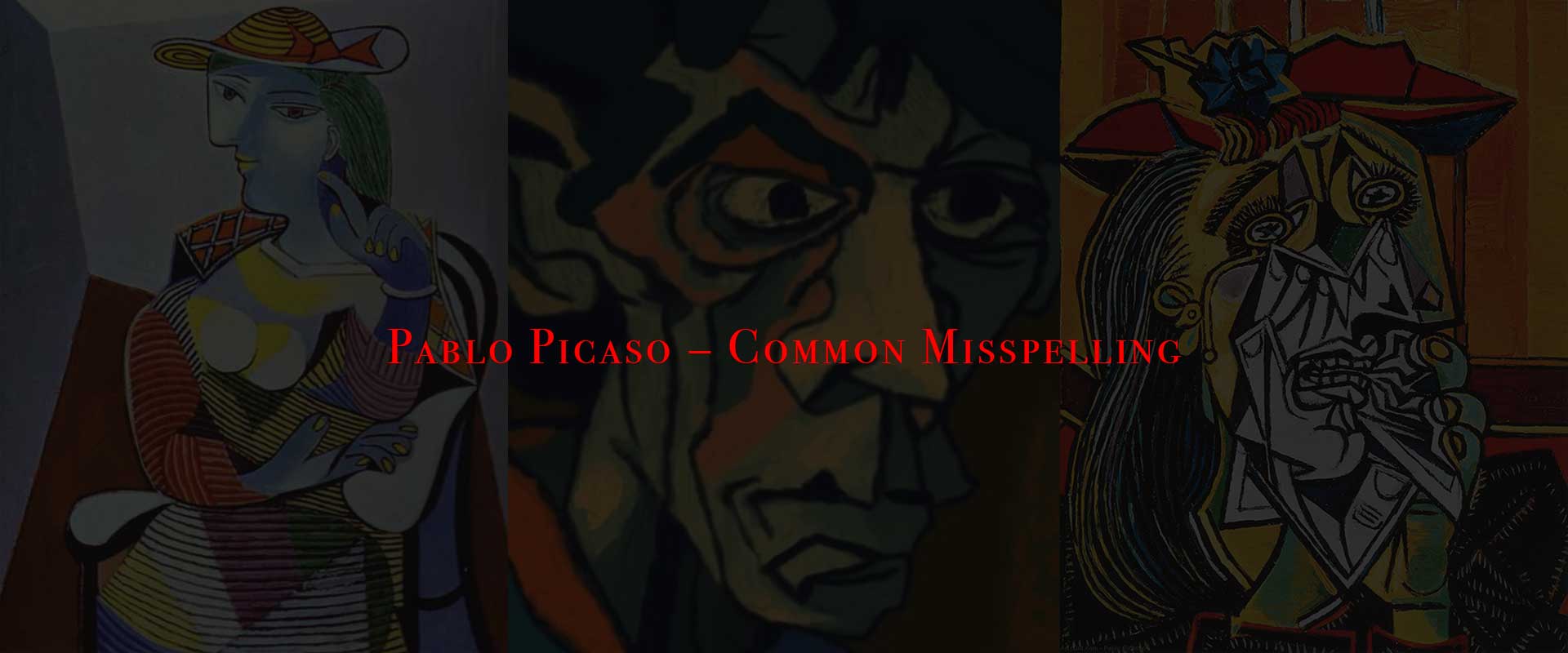When most people think of modern art, one name dominates: Pablo Picasso. Yet in the digital world, thousands of searches every month are made not for Picasso but for Pablo Picaso. The missing “s” may seem like a harmless typo, but it reflects both a common misspelling and a fascinating search trend.
So is “Pablo Picaso” just a frequent error, or does it reveal something deeper about how audiences interact with the artist online? Exploring this question helps us understand not only Picasso’s cultural reach but also how search behavior shapes access to his art.
Why “Pablo Picaso” Is Such a Common Error
The Spanish surname “Picasso” has an unusual double “s” that doesn’t always match how people expect it to be spelled phonetically. Reasons for the slip include:
- Phonetic confusion: In many languages, “Picasso” is pronounced with a soft “s,” making the second “s” seem unnecessary.
- Keyboard errors: Quick typing often leads to missing the extra consonant.
- Global variations: Non-Spanish speakers adapt the name to their own spelling rules.
- Memory shortcuts: People remember sound, not exact letters, leading to simplification.
This is why “Picaso,” “Piccaso,” and “Piccasso” often appear in online searches.
The Impact on Search Engines
Search engines like Google often autocorrect “Picaso” to “Picasso,” but not always. Misspelling can lead to incomplete results, overlooked museum archives, or fewer authoritative resources.
For example, a search for “Pablo Picaso Guernica” may not show the same detailed resources that “Pablo Picasso Guernica” would reveal—such as Guernica by Pablo Picasso: The Meaning Behind the Masterpiece.
This is why accurate spelling matters for art searches.
Why Spelling Matters in the Art World
Art history depends on precision. A misplaced letter may seem small, but it has consequences:
- Museum catalogs: Entries are listed under “Picasso,” not “Picaso.”
- SEO value: Websites optimized for “Picasso” will not appear as strongly for misspelled queries.
- Art collectors: Auction houses and galleries use only the correct spelling, making “Picaso” searches incomplete.
- Scholarship: Academic databases require accuracy, or results will be limited.
Spelling, then, becomes not only a matter of language but a matter of access to cultural history.
Why “Pablo Picaso” Affects Art Searches
- Fewer authoritative resources appear when misspelled.
- Search engines may redirect, but results can still miss key sources.
- Collectors risk overlooking valuable listings.
- Students and researchers may encounter misinformation.
- The misspelling creates a separate “search trend” that SEO professionals monitor.
Comparing “Pablo Picaso” vs “Pablo Picasso”
| Term | Accuracy | Search Volume | SEO Value | Cultural Recognition |
|---|---|---|---|---|
| Pablo Picaso | Incorrect | Moderate (common typo) | Low | None in official records |
| Pablo Picasso | Correct | Very High | Very High | Universal, historically accurate |
This comparison highlights how “Pablo Picaso” is both a mistake and a search trend, while “Pablo Picasso” remains the universally recognized spelling.
The Search Trend Factor
Interestingly, SEO data shows that “Pablo Picaso” generates a measurable number of searches every month. This means:
- People are consistently misspelling the name worldwide.
- Some websites intentionally include “Picaso” to capture this search traffic.
- It demonstrates how language barriers affect engagement with global cultural icons.
As discussed in Piccaso vs Picasso: Why Spelling Matters in Art Searches, this is part of a broader trend of artistic names being frequently misspelled online.
The Legacy of the Correct Name
Picasso himself was conscious of his identity, choosing to highlight his mother’s surname “Picasso” instead of the more common “Ruiz.” His name became part of his brand—short, sharp, and unforgettable.
As explored in Pablo Picasso Full Name and the Meaning Behind It, the choice was deliberate and symbolic. To spell it incorrectly undermines the distinctiveness he intended.
How to Avoid the Misspelling
- Remember that Picasso has two “s” letters in the middle.
- Associate it with the phrase “art so special it needs two s’s.”
- Use Google’s autocomplete suggestions for “Picasso.”
- Bookmark trusted resources such as the Pablo Picasso Wall Art Prints collection for quick access.
By learning the correct spelling, art lovers ensure they connect with the full breadth of his legacy.
Conclusion
The debate of “Pablo Picaso vs Pablo Picasso” is more than a spelling slip—it highlights how small errors affect access to one of the most important artists in history. While “Picaso” is a common misspelling and a hidden search trend, the correct “Picasso” connects audiences to authoritative resources, museum archives, and the artist’s true identity. In the world of art, precision matters, and ensuring accuracy is a way of honoring Picasso’s legacy.
FAQs on Pablo Picaso
Why is Picasso often misspelled as “Picaso”?
Because of the unusual double “s,” many people simplify the name when typing quickly or spelling phonetically.
Does Google correct “Picaso” to “Picasso”?
Often, yes, but the results may not be as comprehensive or accurate as those for the correct spelling.
Is “Pablo Picaso” recognized in the art world?
No. Museums, auction houses, and scholarly sources use only “Pablo Picasso.”
Why is spelling important in art searches?
Accurate spelling ensures that you access complete collections, reliable scholarship, and authentic resources.
Is “Pablo Picaso” a hidden search trend?
Yes. It appears frequently in search data, but it reflects a common misspelling rather than an accepted alternate spelling.





